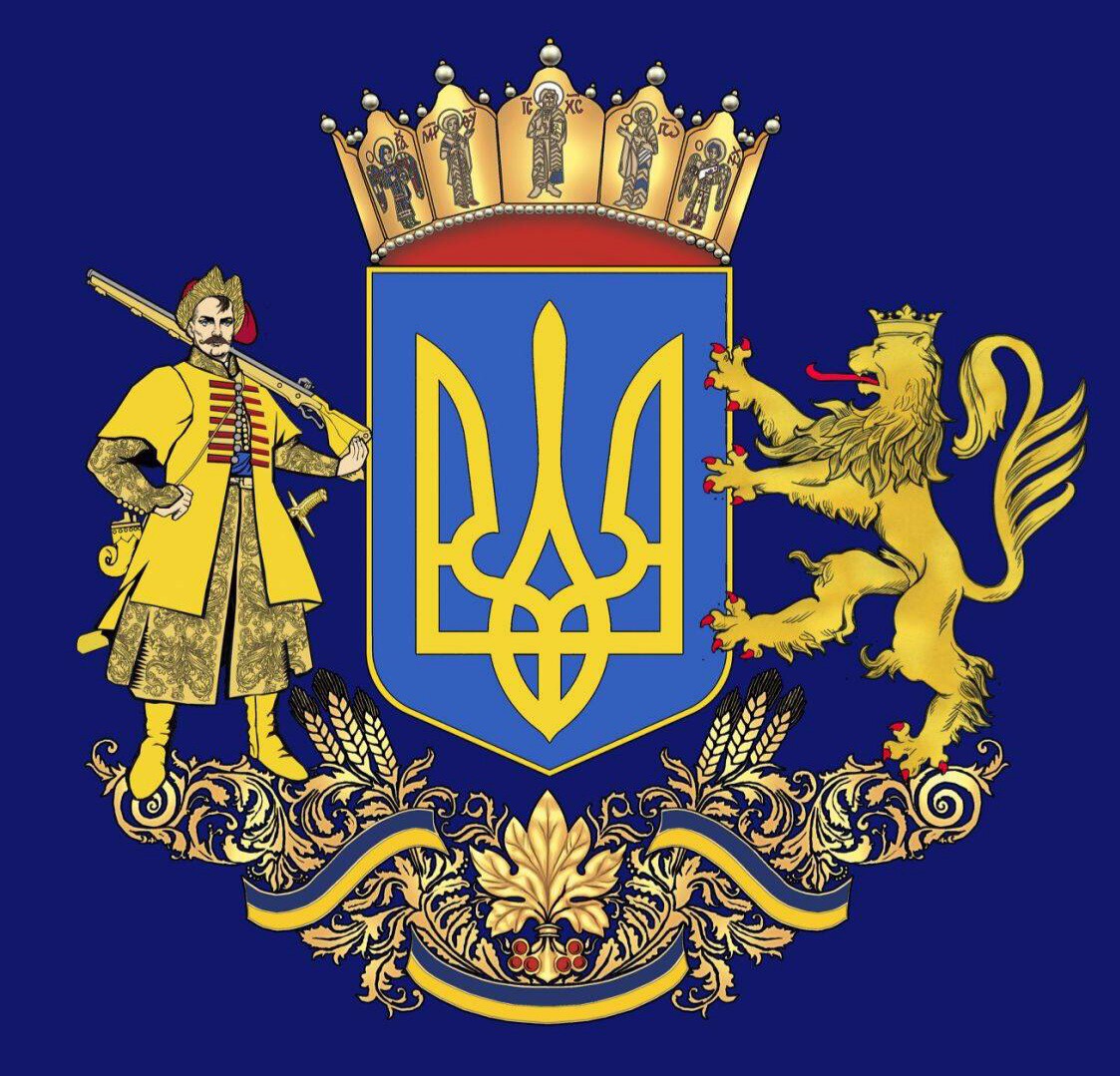Here is what a respected connoisseur from Russia answered to my question, in confirmation of the version of respected SteveM.
Supposedly syncinto, signed as:
奥州綱房 Oshu (but)Ju Tsunafusa (Tsunafusa residing in Oshu).
Oshu is the province of Mutsu, a historical region of Japan located in the north of Honshu Island.
According to the information I have, this signature is very rare as only two early Edo Shinto masters of the Kanei period (1624-1644) ever used it. One was Furukawa Magoshiro who was better known as Aizu Kanesada in the second generation and later changed his name to Tsunafusa. The second Tsunafusa, from Hirosaki in Mutsu province, was a disciple of Tsunahiro.
However, although these masters signed with the same kanji, their writing style differs from that on the presented blade. Moreover, the shape of the shank ending, the type of yasurime (notching) are also different from those mentioned above, and the shank itself does not give the impression of being 17th century Shinto. This all points directly to this blade being made by another craftsman, probably much later, using the same signature. Except that I have not been able to find any records of him.
Here it would be of great help to me to identify the surface of the object, which could determine the type of forging and hardening, the school, the time and maybe even a specific line of masters, but unfortunately it is not visible, due to the poor condition of the blade. Therefore I have only to make an assumption based on what is still visible on the surfaces and general shapes.
Due to the lack of information it could be inaccurate, but in my experience it is more likely the successive generations of Mutsu masters, perhaps of the Kanesada line, who for some reason used one of their old family nicknames Tsunafusa to make this blade. Or it may be a descendant of that master from Hirosaki City, who for some reason did not make it into the official records. The time of manufacture is most likely closer to the middle of the 19th century. That's all I can tell you about the item at the moment.


